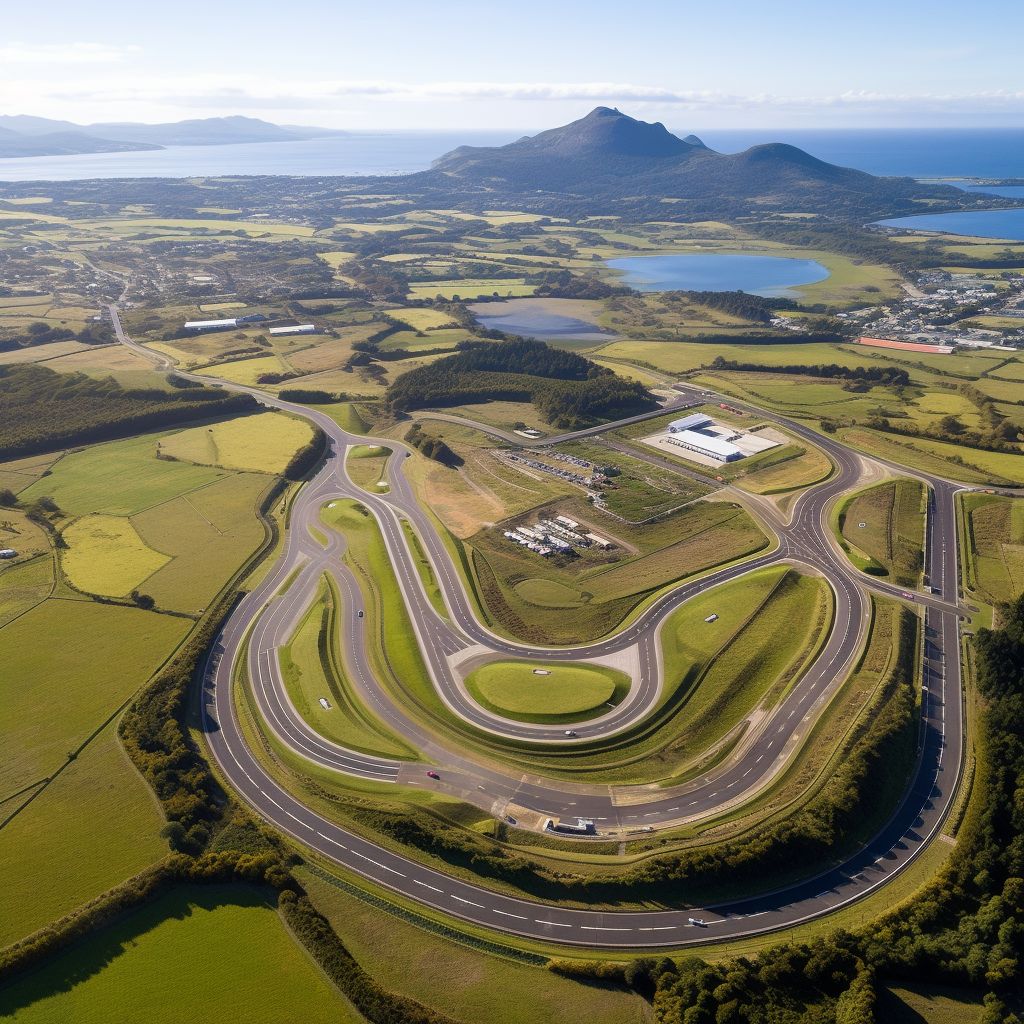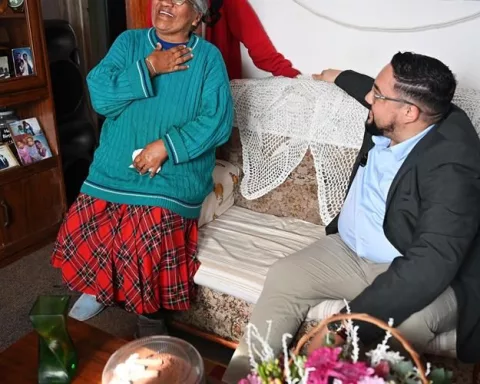The Cape Town Heritage Foundation‘s esteemed Blue Plaque award has found a new home at Killarney International Raceway, honoring the venue’s incredible 76-year history. The track’s legacy is unparalleled, making it one of Cape Town’s most significant sports facilities.
A Humble Beginning
Killarney International Raceway’s legacy began in 1947 when the Divisional Council of the Cape Province opened a new road connecting Cape Town and the Northern Cape. The old road to Malmesbury was closed, leading to the Metropolitan Motorcycle and Car Club (the ‘Mets’) renting it as a venue for sprints.
On March 1, 1947, Killarney’s journey began as a speed trial took place on the old Potsdam Road, with JL Craig winning in his 1250cc MG TC roadster. This event laid the foundation for the track’s storied history.
Expansion and Evolution
In 1951, a tarred road loop was constructed alongside the old highway, creating a rudimentary triangular racetrack. Over the years, the track expanded, with extensions added in 1952 and 1955, ultimately reaching a lap length of 1.65 kilometers.
Killarney’s potential to host a Formula 1 Grand Prix led to the construction of a brand-new 3.267-kilometer track in 1959. The inaugural Cape Grand Prix took place on December 17, 1960, and parts of the original road to Malmesbury still remain.
Today, Killarney International Raceway is wider, smoother, and safer than ever, but its layout has stayed true to its roots. The Western Province Motor Club, which formed in 1965 after the Mets joined forces with other clubs, has since expanded the facility to include a one-kilometer karting circuit, an 800-meter drag strip, a tar oval, and a one-kilometer ‘Short Circuit.’
Investment in Infrastructure and Development
The club has invested in infrastructure development, adding a multi-story clubhouse, an administration and control tower, pit blocks, workshops, garages, bomas for corporate and private events, and grandstands for thousands of enthusiastic fans. Former club chairman Denis Joubert played an essential role in developing the facility without government funding during his 1970-2006 tenure.
In 2017, Killarney welcomed an FIA-approved rallycross circuit, paving the way for Africa’s debut World Rallycross Championship round and setting the stage for its return in October 2023. The raceway also boasts a spinning pitch, constructed in 2022 specifically for that purpose.
The Lifeblood of Killarney
However, the essence of Killarney International Raceway lies in its people – the racers, officials, marshals, and fans. JL Craig’s legacy lives on through his son, John, and grandson, John Junior, who continue to contribute to Killarney motorsport. The Blue Plaque represents a symbol of gratitude, celebrating the Killarney family and the visionary committee that transformed a barren plot of land into Cape Town’s most frequented sports venue.










